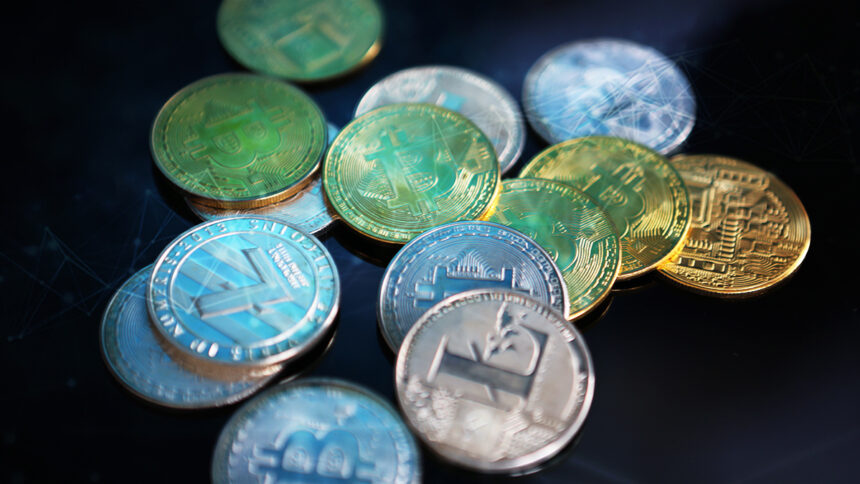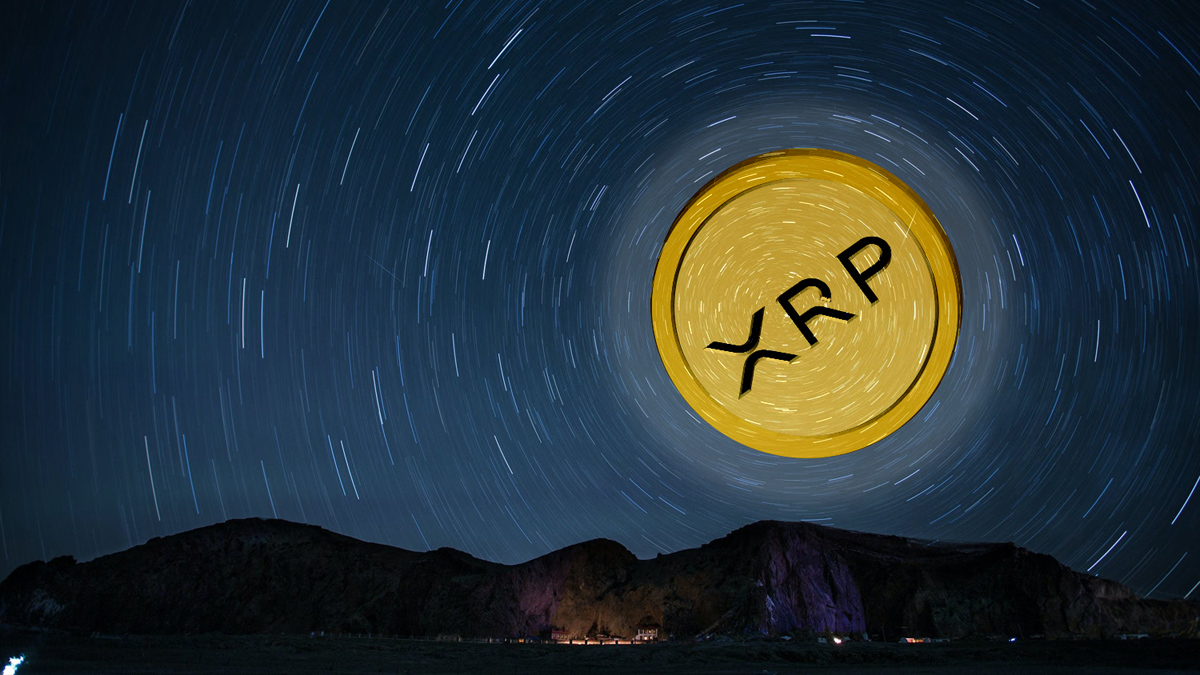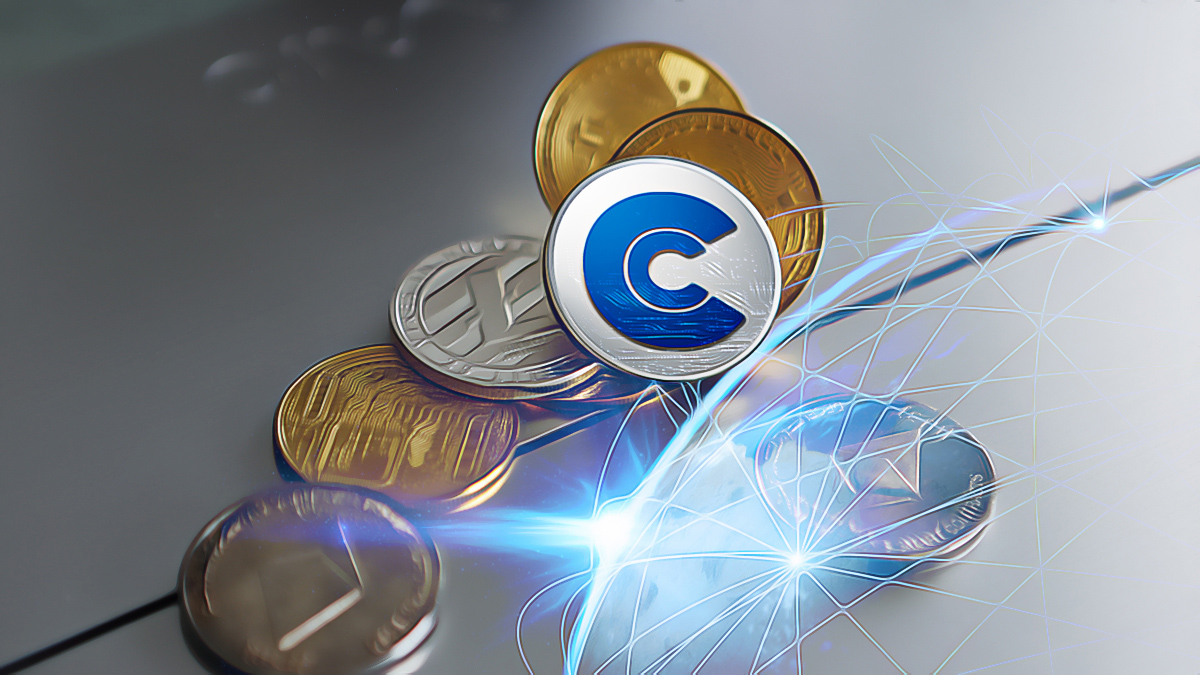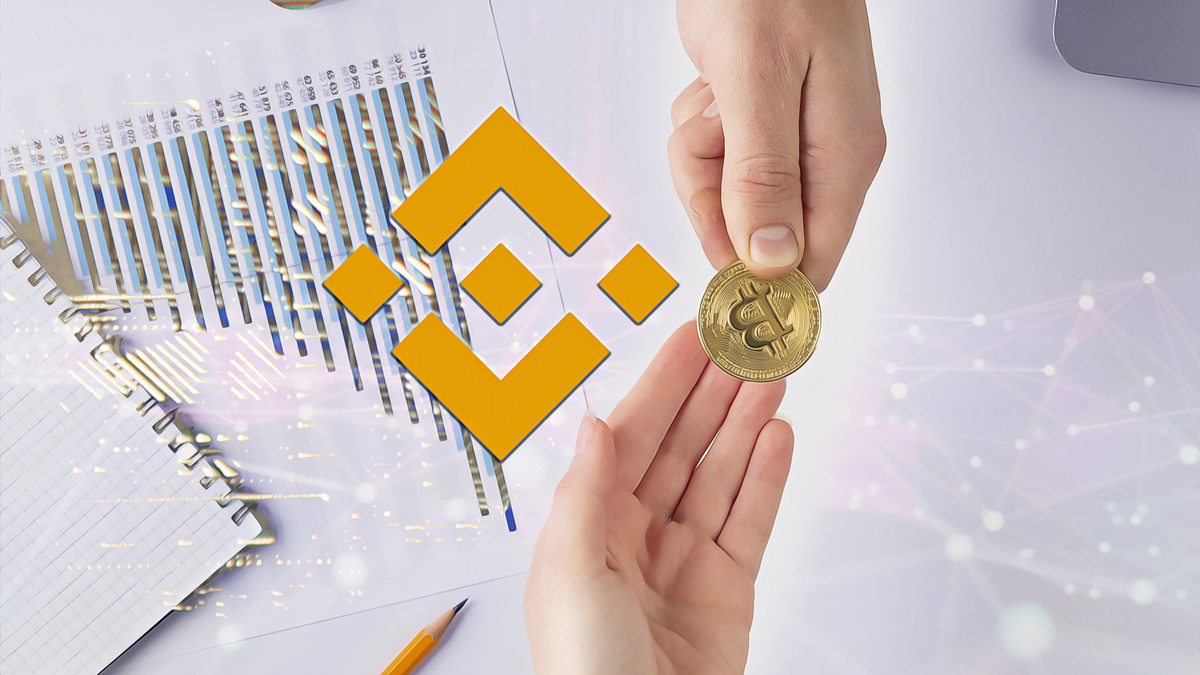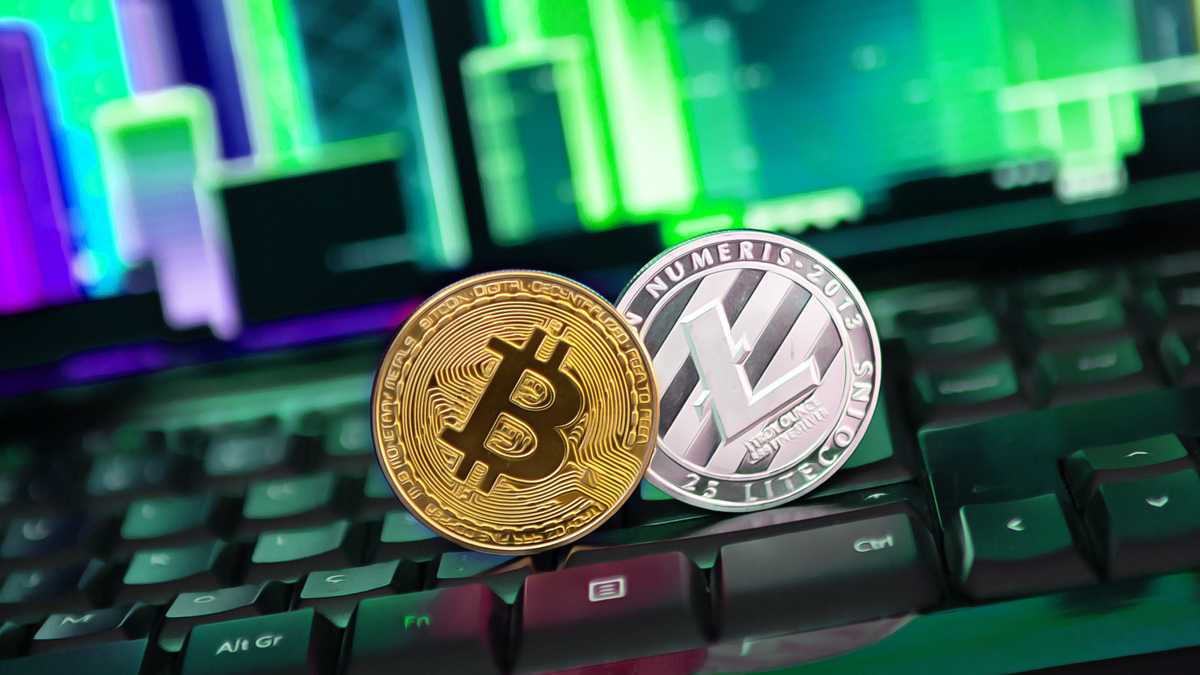After a long wait, the Pi Network officially launched its mainnet today. This significant development marks an important milestone for users who have been mining Pi coin for the past six years. However, as soon as the PI coin entered the market, it faced intense selling pressure.
Mainnet Launch Reactions
On February 12, the Pi Network team announced that the mainnet would launch on February 20, making PI coin available for trading. This announcement sparked considerable excitement within the Pi community. However, reactions to the launch were mixed, with users expressing concerns about the Know-Your-Customer (KYC) verification processes. Despite this, the project team confirmed that the mainnet was now accessible to the public.
As soon as the mainnet became available, the price of PI IOU coin plummeted dramatically. According to CoinMarketCap, the price fell by 97% within the last 24 hours. The PI coin also suffered, experiencing a 15% decline following the mainnet launch.
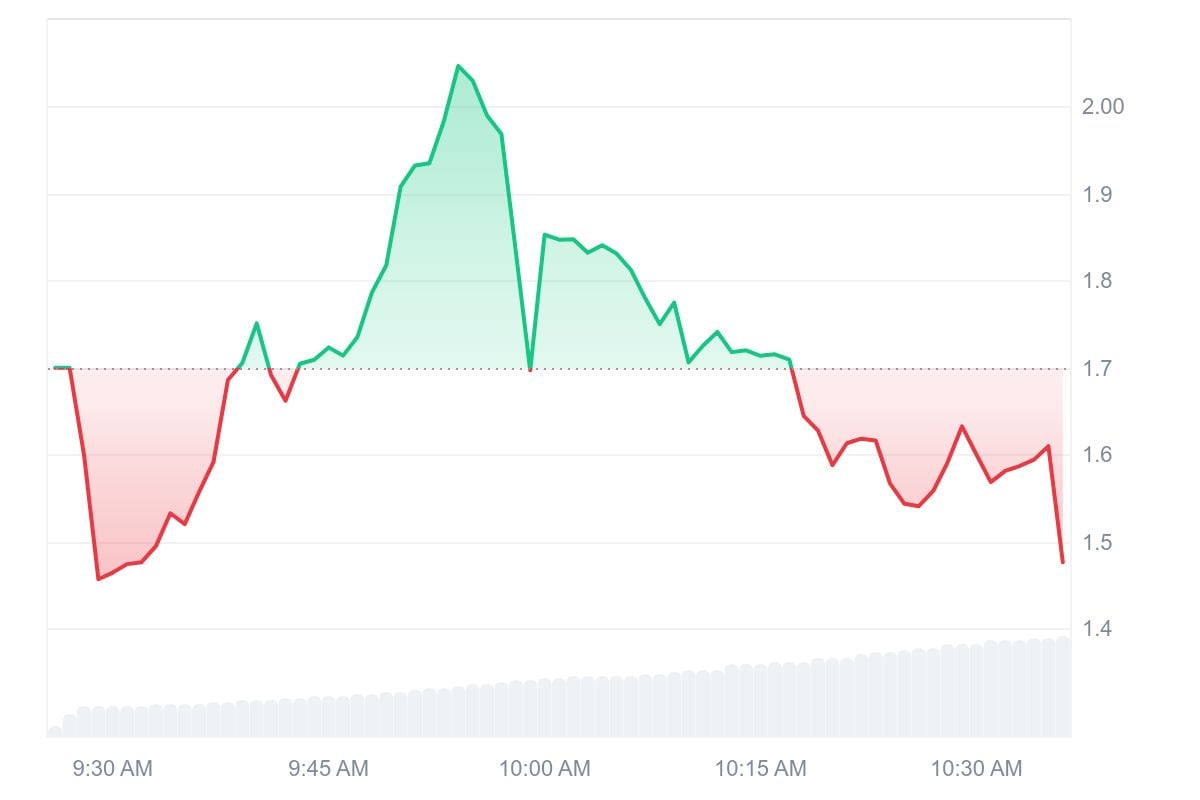
Currently, the PI coin price hovers around $1.47. However, if selling pressure continues, further price drops are anticipated.
PI Coin Analysis and Future Expectations
The maximum supply of Pi Network is set at 100 billion coins. Of this amount, 65% is allocated to mining users, 10% to ecosystem development, 5% to liquidity pools, and 20% to the Pi team. Currently, the circulating supply stands at 9.7 billion coins. Experts suggest that an increase in supply over time may exert additional pressure on the PI coin price, especially if major exchanges list PI coin, which could heighten selling pressure.
Initially, only exchanges like OKX, MEXC, and Gate.io listed PI. However, as of today, Bitget announced it would allow PI coin for futures trading. Additionally, the Omnichain liquidity platform has started 10x leveraged trading for PI. OKX and Gate.io have also activated spot trading.
Additionally, Binance has conducted a survey to gather community feedback on listing PI coin. Experts are optimistic that Binance’s decision to list could significantly boost PI’s trading volume. However, they caution that if the price continues to decline, the listing could lead to further devaluation of the PI coin.

 Türkçe
Türkçe Español
Español
